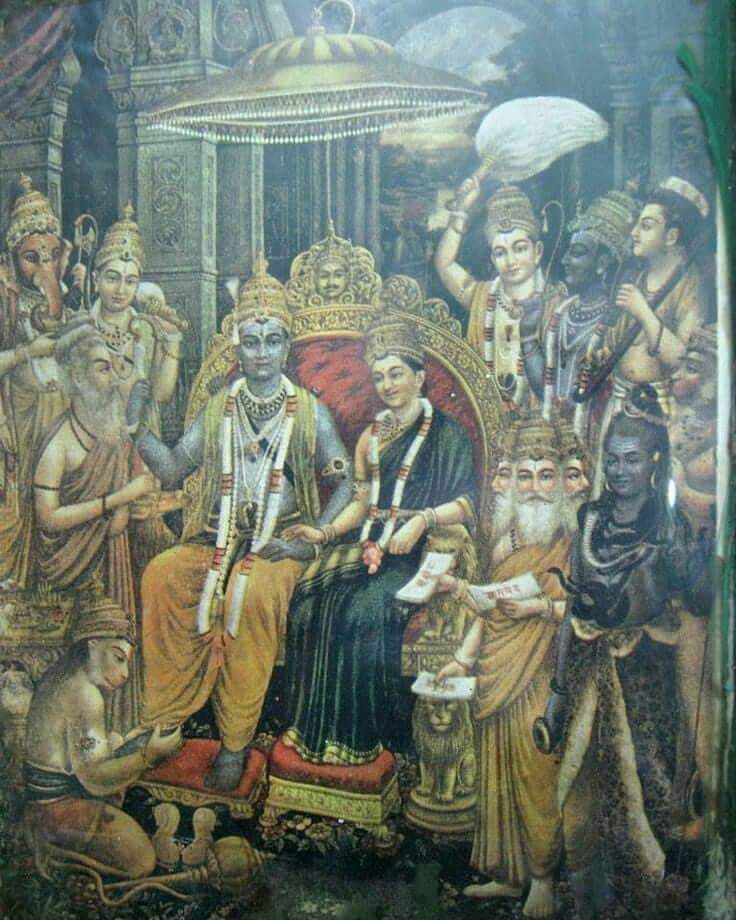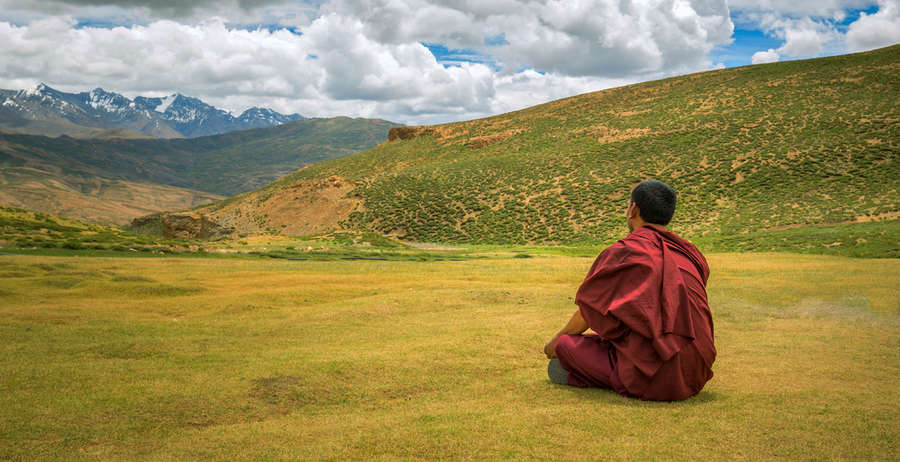
Sri Rama and the story of a dog, the pitfalls in good deeds (Saints, cows & children).
Once a dog and a pundit reached the court of Sri Rama. They needed arbitration and judgement regarding a dispute. The dog was severely lashed by the pundit. When Sri Rama inquired for the
Once a dog and a pundit reached the court of Sri Rama. They needed arbitration and judgement regarding a dispute. The dog was severely lashed by the pundit. When Sri Rama inquired for the

reason, the pundit shared the story of how the dog followed him and bit him on his leg.
However, the dog was beaten mercilessly in response which was not the dharma and the case went against Pundit. The dog was asked to give him punishment. The dog told the court that there is a
However, the dog was beaten mercilessly in response which was not the dharma and the case went against Pundit. The dog was asked to give him punishment. The dog told the court that there is a
particular hermitage at so and so place and the pundit should be given the post of the head clergyman of monastery. The Pundit was astonished by the gift and left the court very happily.
When the pundit left, then Sri Rama inquired from the dog, for the kind of his blessings in
When the pundit left, then Sri Rama inquired from the dog, for the kind of his blessings in
punishment. The dog told the court that he was the chief monk of the same hermitage in his previous birth. When this Pundit will go there he will definitely do some mistake as I did and he will also turn to a dog in his next birth and will realize the punishment of being a dog.
Summary- When you join important positions of feeding cows, saints & children you should tread along very carefully. A single mistake can lead you to very big troubles in life. These are paths of enlightened and a great care is regarded this matter. The souls from above order
have powerful curses which can last for generations.
There is a very deep hidden message in this story which cannot be understood without clear observation. Do not comment if you do not understand.
There is a very deep hidden message in this story which cannot be understood without clear observation. Do not comment if you do not understand.
• • •
Missing some Tweet in this thread? You can try to
force a refresh








